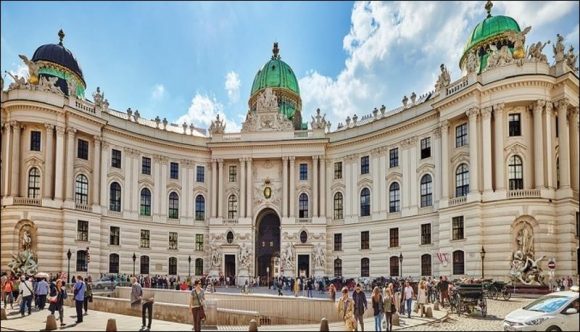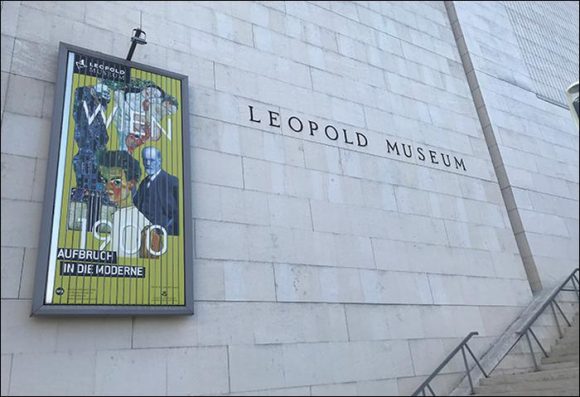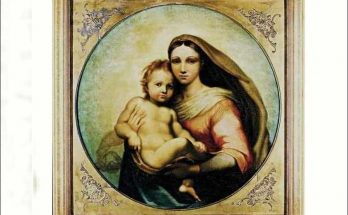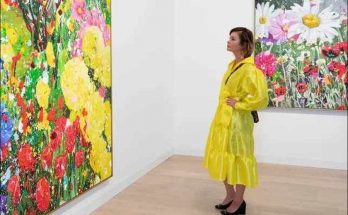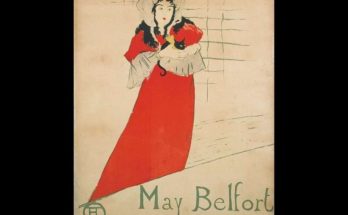Museums, magnificent palaces and an understanding of zoning where history is perfectly preserved… You will get enough of art and history in Vienna.
I am ready at the airport to go to Vienna. Iyorum I’m getting on the plane, I’m leaving. After about two and a half hours of flight, we reached Vienna, the first cultural center of the world, using Uber. We used Uber to go to the city center,
I had already made a reservation for the house where we would stay in Vienna. After settling into the house, we went to a mall to replace our suitcases, whose wheels were broken on the way, not able to withstand the years of suffering. We wandered the streets to drag our beautiful, stylish, four-wheeled and robust suitcases to drag quite a few Euros. All shopping malls close at 18.00 in Vienna and daily life is almost over. Everywhere is closed except for entertainment centers and touristic centers and cafes nearby. Most of the city is quiet and calm in the evening.
From One Museum to Other
Since most of the important works of art in the world are in Vienna, our travel route started as a monument from a palace, usually from a museum on foot. We started the day with Hofburg Palace. The Papyrus Museum inside the palace is really beautifully classified and you feel like you are studying an academic study. Demonstrating ordinary jobs of ordinary people who lived thousands of years ago; Documents such as winemaking, crop periods, commercial agreements are all historical documents today. Just imagine, the contract made by an average peasant who wakes up in the morning and looks at his crop in his field and signs a contract while selling it gives us the opportunity to follow the traces of a culture today.
Another museum in the Hofburg Palace is the Weltmuseum Anthropology museum. Already the Hofburg Palace itself is a cultural slot that will take at least two days to fully tour with the sculptures in front of it and the museums it contains. One of the elements that make the huge statues in front of the palace so magnificent; No matter what side of the statue you look at, you only see the sky behind the work. There is no skyscraper stretching from behind, a roof that jumps between the two legs of the horse. The city’s understanding of zoning, which protects the endless sky like a canvas; he still presents these works with his greatness on the first day.
An Eerie Artwork
One of the most important religious buildings and architectural works of Vienna in the evening hours. We went to St. Stephen’s Cathedral. The magnificence, beauty and the dim atmosphere in the darkness of the evening seriously affect the person. Christians entering through the door bless themselves in the holy water and cross the cross, blessing themselves. Some more radicals make this ritual by kneeling.
It is not a joke, in such a strong religious atmosphere, people are affected. A code comes from his own religious and cultural roots and starts to wander in his mind. A little ahead of the cathedral is the famous Plague Monument. This state, which swept Europe between 1670 and 1690, killed or ceased almost half of the population; a very special, very aesthetic and eerie monument that tells how it gnaws and destroys people and society. Afterwards, I spent some time in a cafe and met the famous “apple strudel” dessert of Vienna.
Vienna in 1900
The next day, our visits to the museum continued at full speed. Opposite the Hofburg Palace is a beautiful place called Museumsquartier with many museums. The Leopold Museum located there was our first stop. In this place, which has a very impressive collection of works of many great artists as well as Austrian modern art, it is essential to spend a full day.
It is a fascinating experience to see the works of artists such as Klimt, Rodin, Schiele, Van Gogh opened in 2001 with the eyes of the world. Moreover, it is a time warp journey to watch the photos and videos of the city at that time in the section called “Vienna in 1900”. There are drawings showing many Ottoman-German alliances in the works such as cups, postcards and posters from the First World War years in the museum. First of all, we continued to experience the Turkish traces we witnessed in this museum throughout our journey.
Visits: 80
